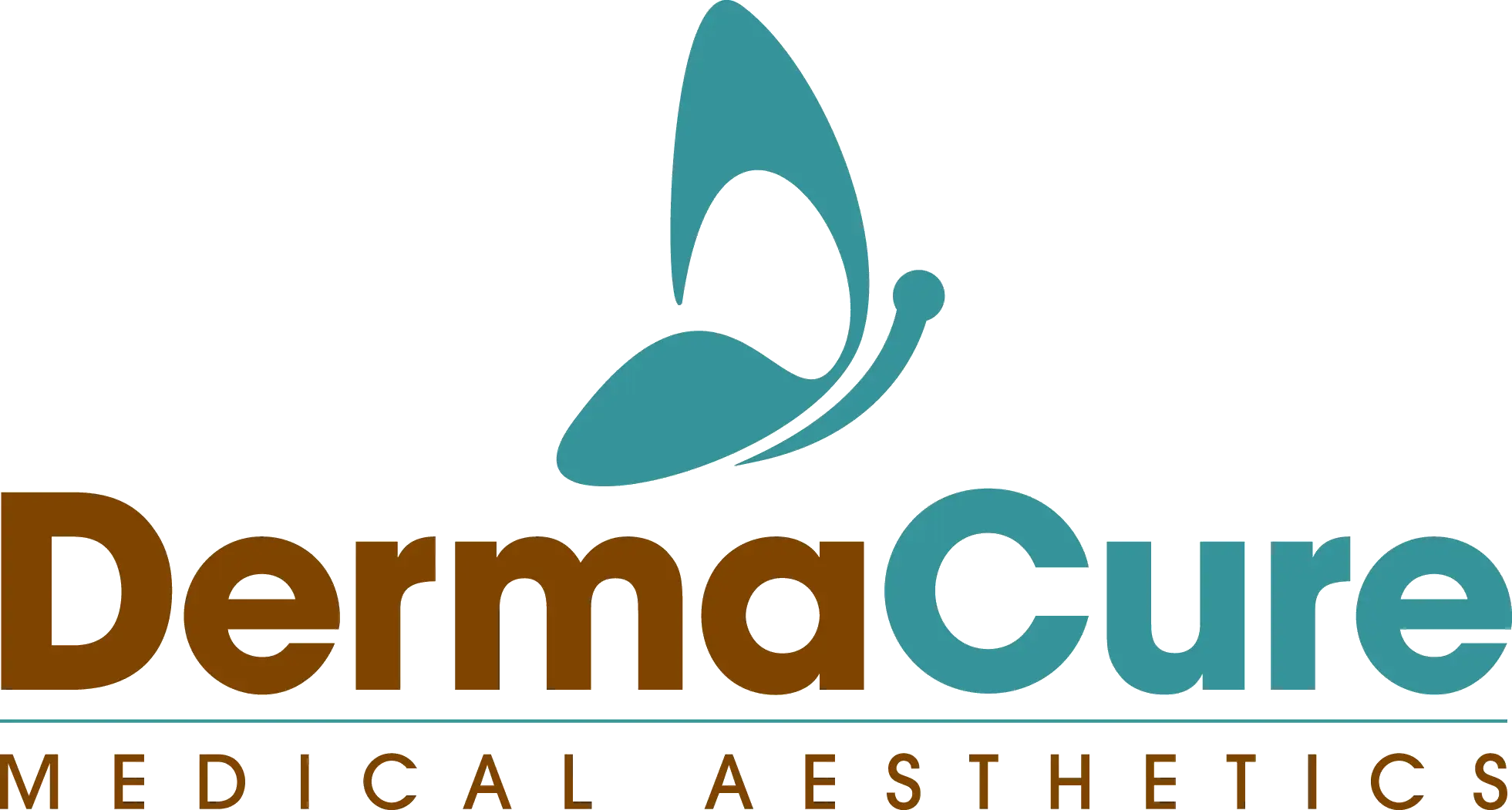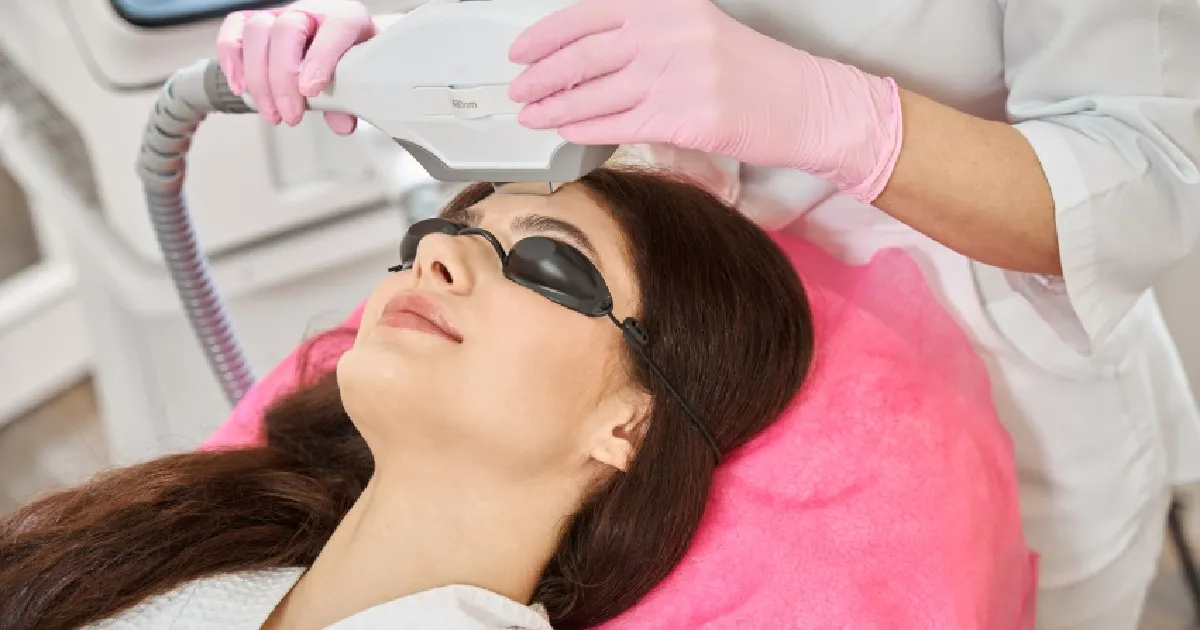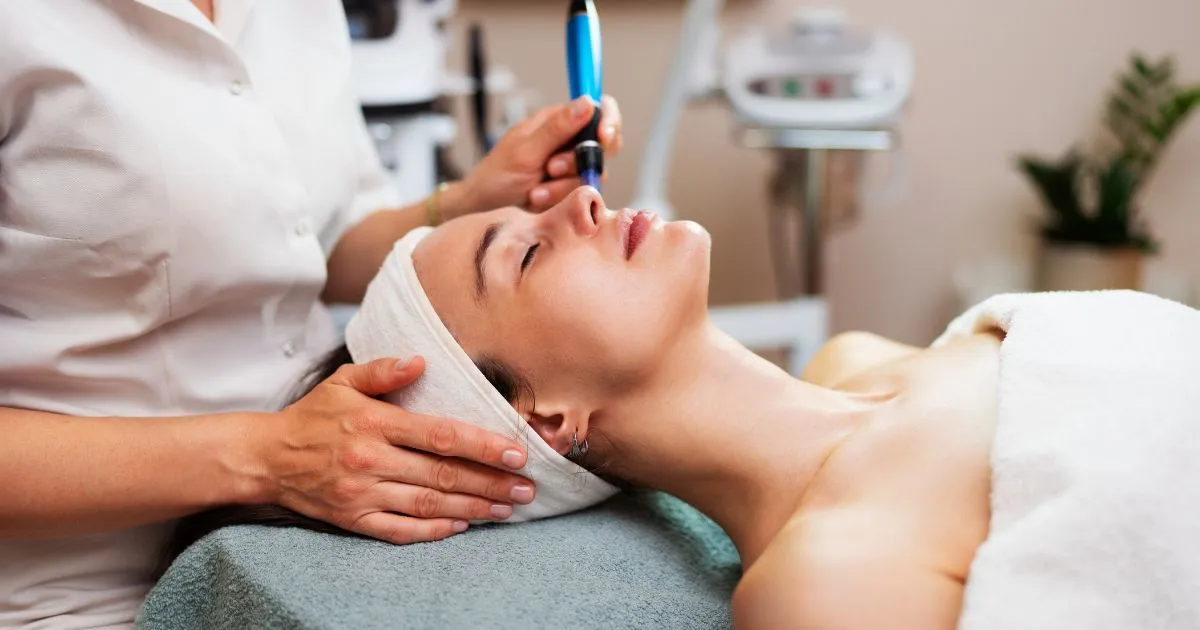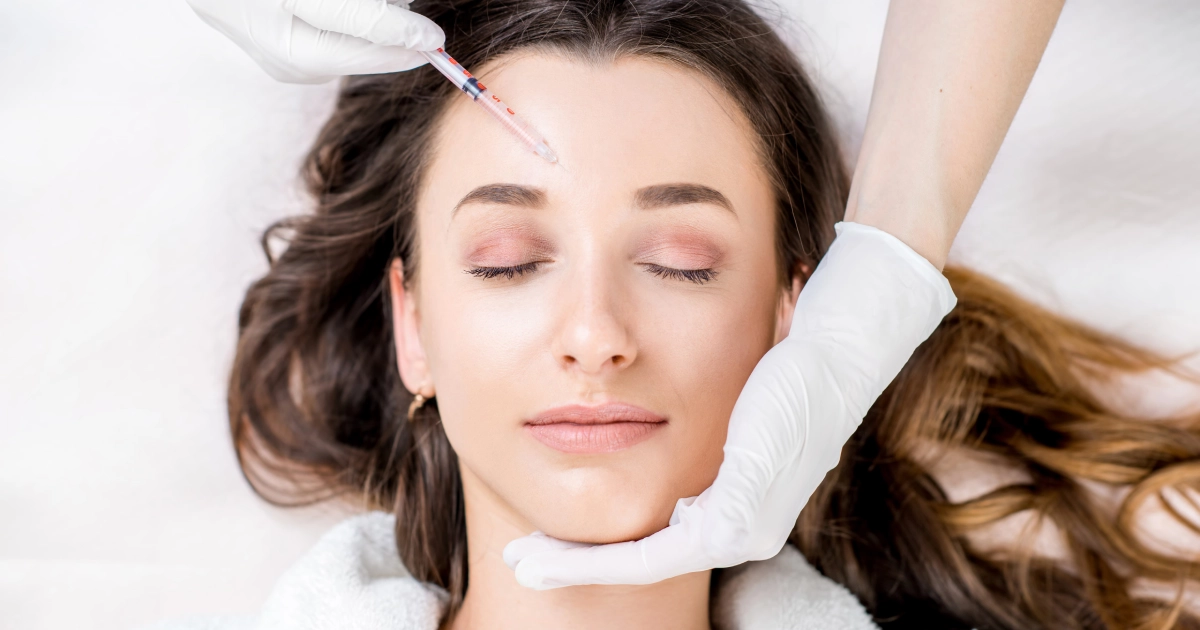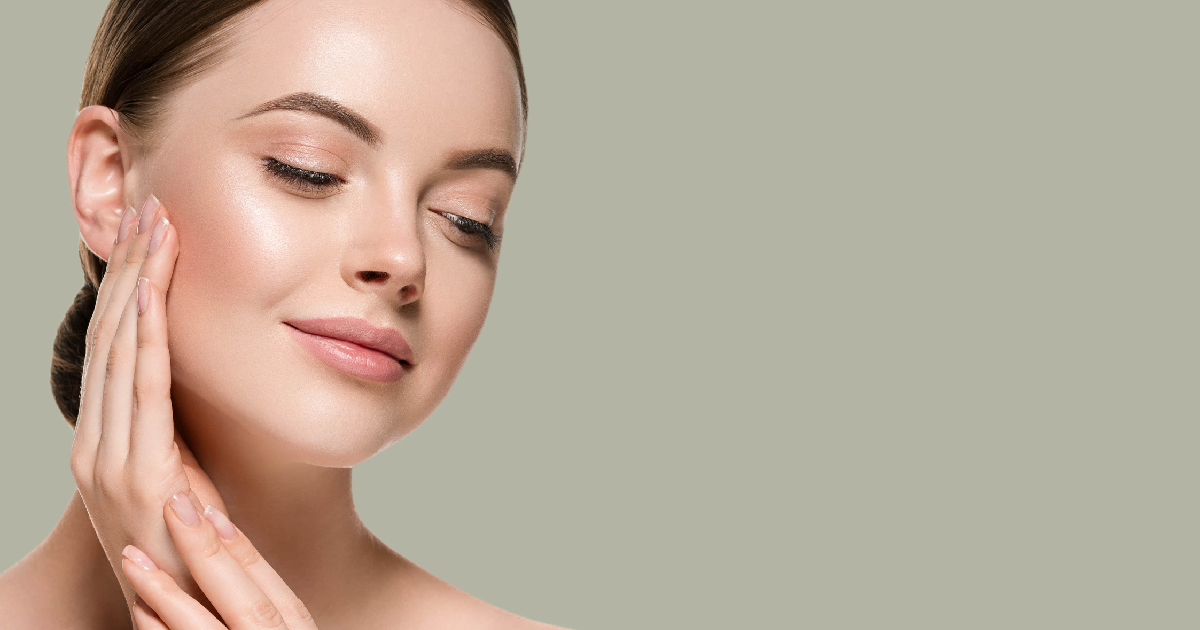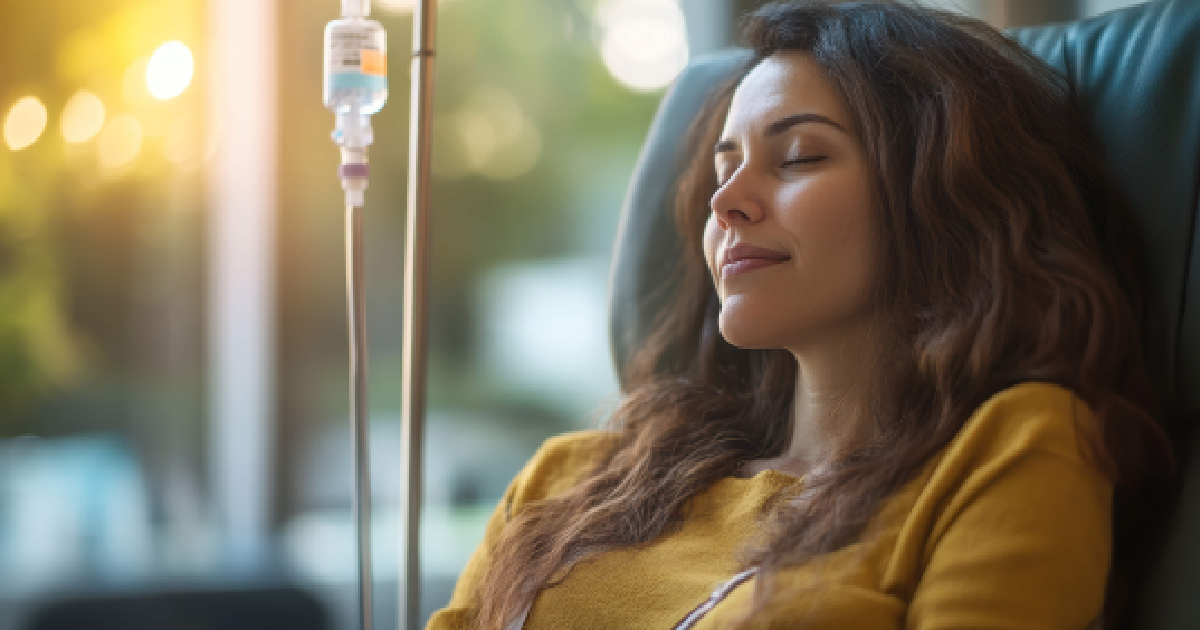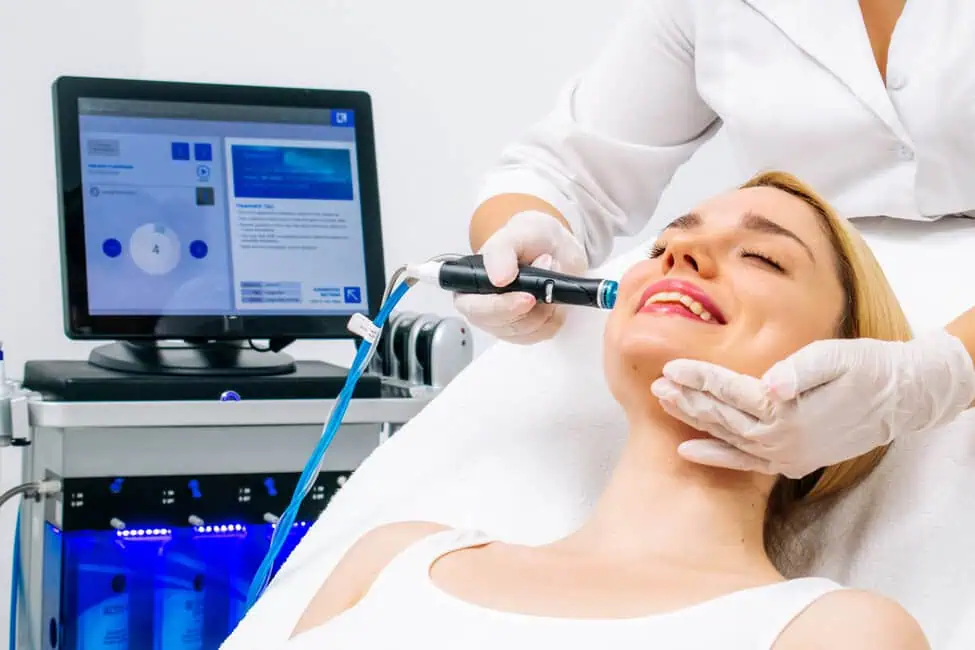Table of Contents
The foundation has settled into a texture that wasn’t visible five years ago. Brown spots that used to fade in winter now stay year-round. Skin that once looked smooth and even now shows a mottled pattern of light and dark patches. These changes sneak up gradually until one day the mirror reflects damage that even the best skincare products can’t fix.
Sun exposure creates changes deep in the skin’s structure. UV radiation triggers melanin overproduction in scattered areas, resulting in spots and uneven skin tone. It breaks down collagen and elastin, leaving behind a rough texture and enlarged pores. Surface treatments can temporarily brighten or smooth, but they don’t address the damaged cells causing these visible problems.
IPL PhotoFacial at DermaCure Medical Aesthetic uses specific wavelengths of light to target the pigment and vascular issues causing uneven skin while simultaneously triggering collagen production that improves texture. Understanding how light energy selectively destroys damaged cells without harming surrounding tissue explains why this treatment creates improvements that topical products can’t achieve.
How Light Energy Targets Damaged Pigment Cells
IPL (Intense Pulsed Light) photo rejuvenation is not a laser, even though people often mix them up. Lasers use a single wavelength of light, while IPL uses multiple wavelengths simultaneously. This allows IPL to target different parts of the skin that absorb light. With IPL photo rejuvenation, you can effectively address issues such as pigmentation, redness, and fine lines. This helps improve your skin’s appearance and can make you look younger.
Melanin in sun spots, age spots, and freckles absorbs IPL wavelengths. When concentrated melanin absorbs this light energy, it converts it to heat. The heat damages the melanin-containing cells, marking them for removal by the body’s natural processes.
Over the following days and weeks, these damaged pigmented cells rise to the skin’s surface and flake off. The spots literally darken before they lighten; this is a normal phenomenon. The darkening indicates that the treatment is effective and the pigment is being pushed out.
Hemoglobin in broken capillaries and diffuse redness also absorbs specific IPL wavelengths. The energy from the light raises the temperature of the blood vessels, leading them to shrink and close off. The body then reabsorbs these damaged vessels, and redness fades as they disappear.
This selective absorption is what makes IPL treatment for sun damage safe and effective. Surrounding tissue without concentrated pigment or abnormal vessels doesn’t absorb enough energy to be damaged. The light passes through normal skin and only affects targets with the chromophores it’s designed to address.
The treatment does not eliminate all melanin, as that would result in skin having no pigment whatsoever. It specifically targets the excessive, uneven melanin deposits that create spots and patches while leaving normal, evenly distributed pigment alone.
The Visible Benefits of an IPL PhotoFacial
People choose IPL facials for different reasons, but the outcomes often overlap. The key benefits of IPL PhotoFacial include:
- Reduction of sun damage: IPL is one of the most effective non-invasive treatments for sun spots, freckles, and age spots.
- Correction of uneven tone: By targeting both redness and pigmentation, IPL helps correct uneven skin tone and create a more balanced complexion.
- Improved skin texture: Stimulated collagen production leads to smoother skin and reduced pore size, allowing you to improve skin texture with IPL Photofacial.
- Treatment of redness: Dilated blood vessels and rosacea-related redness respond well to IPL’s light energy.
- Long-term skin health: Regular treatments encourage ongoing collagen renewal, which supports youthful firmness.
- Radiance boost: Many patients notice brighter, fresher-looking skin, making IPL facials for radiant skin a popular choice before events.
Who Is This Best For?
The ideal candidate for skin rejuvenation with IPL is someone who wants visible improvement without significant downtime. Good candidates often share these traits:
- They experience sun damage, redness, or brown spots.
- They want to treat broken capillaries or rosacea.
- They notice early signs of aging, like fine lines and texture changes.
- They are in good overall health and have realistic expectations.
- They prefer non-invasive treatments over surgical options.
Patients with very dark skin tones, certain skin conditions, or recent tanning may not be good candidates. That’s why a consultation is essential before beginning treatment. If you’re unsure whether IPL is right for you, contact us at DermaCure to discuss your skin concerns with an experienced provider.
What to Expect: Process, Timeline, and Results
Pre-Treatment Preparation
Before your session, you’ll be asked to avoid sun exposure, tanning products, and harsh exfoliants. Arriving with clean skin helps maximize results.
Treatment Day
The process typically takes 30 to 45 minutes, varying based on the area being treated. A portable device emits light pulses onto the skin. The majority of patients report the feeling as a quick snap or a warm flash, which is generally manageable and short-lived.
Aftercare and Recovery
Mild redness or swelling may appear, similar to a light sunburn, but it typically fades within hours. Pigmented spots may darken temporarily before flaking off naturally. You can return to daily activities right away, though sunscreen use is crucial.
Results Timeline
- First week: Initial redness and pigmentation changes may be noticeable.
- 2–3 weeks: Dark spots fade, and overall tone improves.
- Ongoing: Collagen stimulation continues, leading to smoother texture and firmer skin over several weeks.
- Series of treatments: For optimal results, most people complete 3–5 sessions spaced about a month apart.
FAQs About IPL PhotoFacial
How many IPL sessions will I need?
Most clients see meaningful improvement after 3–5 treatments. The number of sessions depends on the severity of sun damage and the goals of the patient. Maintenance sessions every 6–12 months can prolong results.
Is an IPL PhotoFacial painful?
Discomfort is minimal. Patients often describe it as a quick rubber band snap against the skin. Cooling techniques help reduce sensitivity, and no anesthesia is needed.
Can IPL be combined with other treatments?
Yes. Many patients combine IPL with chemical peels, microneedling, or hydrating facials for enhanced outcomes. Pairing treatments can address multiple concerns at once for more comprehensive results.
Reveal Healthier Skin with Confidence
When it comes to treating sun damage and uneven texture, few non-invasive treatments are as versatile as the IPL PhotoFacial. It minimizes unwanted pigmentation, enhances collagen production, and brightens the overall tone, resulting in smoother and more youthful-looking skin.
At DermaCure Medical Aesthetic, patients receive customized care and advanced technology to ensure safe, noticeable results. If you’re ready to refresh your complexion with IPL PhotoFacial in Valencia, CA, now is the time to take the next step.
